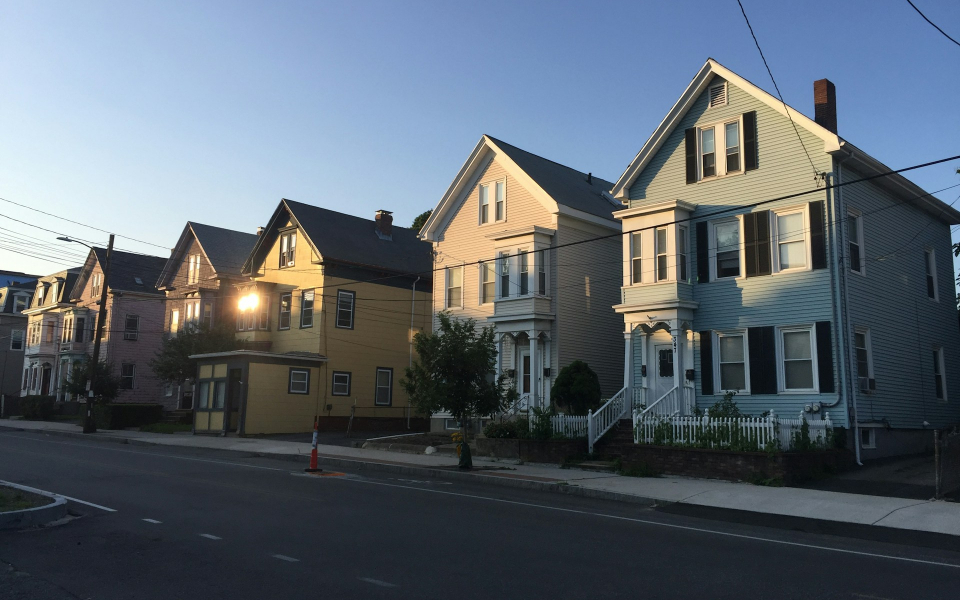Americans got some long-awaited good news when the U.S. Treasury recently announced that billions of dollars in financial assistance that had previously been set aside to help with the COVID crisis could be repurposed to help alleviate America's ongoing housing affordability crisis. The reality is that even before the pandemic, home prices and rents in many of America's major markets were beyond the reach of millions of Americans.
The disparity only deepened after the COVID crisis waned and the Federal Reserve began raising interest rates to combat inflation. According to Reuters, nearly $40 billion of the $350 billion set aside for the State and Local Fiscal Recovery Funds remains unspent, and the U.S. Department of the Treasury will now allow states to use that money to build housing for people who make up to 120% of the area's median income.
How Will The Money Be Spent?
That represents a significant increase over the previous cap, which reserved funds for people who made up to 65% of the median income in the area where the funds would be spent. It also underscores the fact that America's housing affordability crisis is no longer one that only affects people who earn below the median income for their area.
The Treasury Department announcement also means the funds can be deployed to complete projects that meet the requirements of more than one dozen federal housing programs. One example would be using unspent funds from the Emergency Rental Assistance Program for other programs designed to add to affordable housing stock, such as purchasing land for new construction and rehabilitating existing properties.
According to recent estimates, nearly $7 billion of the $49 billion originally set aside for this program remains unspent. There would also be funds set aside for mortgage assistance from both Fannie Mae and Freddie Mac to employees who perform vital public services, such as nurses, teachers and firefighters.
Department Of Housing And Urban Development Will Get In On The Act
Another important provision of the Treasury Department's updated policy will extend the Federal Fair Housing Bank's financial backing for a joint project between the U.S. Department of Housing and Urban Development (HUD) and municipal housing authorities. That program was relaunched in 2021 with the intent to invest $5 billion into the construction of as many as 42,000 affordable apartments across the country in the next 10 years.
The Political Implications Are Hard To Ignore
In a blog post detailing the revised policy, Deputy Treasury Secretary Wally Adeyemo said, "The lack of supply is helping to drive up housing costs for American families."
He noted these latest steps would have a "modest but important impact on America's housing supply." The biggest task left to the agencies that will benefit from the revised Treasuring Department policy will be spending the money before it's too late.
Most of the original funding was set aside in 2021 under the American Rescue Plan Act, and the clock is ticking. Under the act, all funds must be committed to contracts or other binding spending plans by the end of 2024 and any money not spent by 2026 will revert to the federal government for use on other projects.
Considering that 2024 is an election year, it's a safe bet the Biden administration will work toward spending every dime. It's also very likely that the president and his supporters will make a considerable effort to show the American people exactly how and where their money was spent. Why wouldn't they? It's a case of using the money or losing it, and every vote will count in what is expected to be a very close election.










